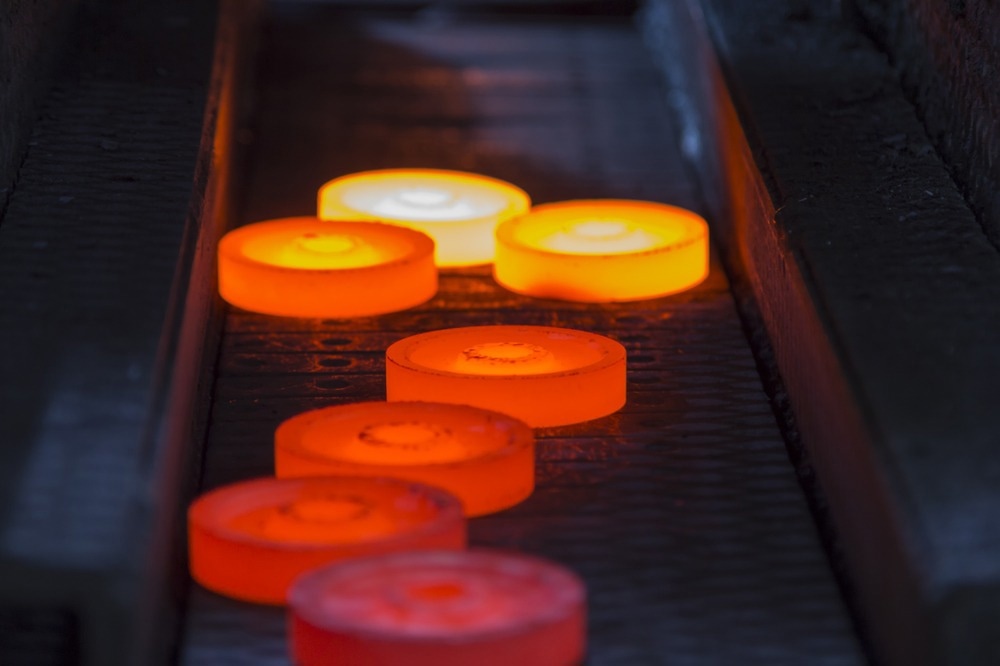Scientists from Rutgers University in New Brunswick are part of an international team that has created a novel technique for creating and working with a class of high-temperature superconductors that has been extensively studied.

Image Credit: Aumm graphixphoto/Shutterstock.com
This method should make it possible to create novel types of superconductivity in materials that were not previously possible.
Superconductors are semiconductors that conduct electricity without resistance or energy loss when cooled to a critical temperature. Because these materials can reach a state of perfect conductivity, which permits an electric current to flow indefinitely, they have captivated physicists for decades.
However, most superconductors are unusable because they only show this peculiarity at extremely low temperatures, just a few degrees above absolute zero.
The research, which was published in Science, details experiments that resulted from theoretical calculations, some of which were performed by a team at Rutgers led by Associate Professor Jedediah Pixley of the Rutgers School of Arts and Sciences’ Department of Physics and Astronomy.
Predictions made by Pixley and Pavel Volkov - who was then a Postdoctoral Fellow at the Rutgers Center for Materials Theory - were validated by the experiments. These predictions projected the behavior of cuprate superconductors if they were placed in close proximity in specific configurations and at different angles. They were based on mathematical models developed by Pixley and Volkov (now at the University of Connecticut) to represent the underlying quantum physical behavior.
Superconductors are already being used in daily life. Superconducting magnets have been used by scientists since the 1970s to create the strong magnetic fields required for magnetic resonance imaging (MRI) equipment to function. The technology was first applied to maglev trains in the 1980s. In more recent times, researchers have learned to control electron beams in experimental apparatuses like accelerators and synchrotrons by means of superconducting magnets.
Scientists see a future in which new types of superconducting materials will power ultrafast and energy-efficient computer chips, quantum computers, and ultra-efficient electricity grids.
The new experiments led by Harvard University Professor and Physicist Philip Kim confirmed the theories of Pixley and Volkov.
We took two cuprate superconductors – materials that already were interesting – and, in placing them together and twisting them in a precise way, made something else that was very interesting: another superconductor which could have lots of technological applications.
Jedediah Pixley, Associate Professor, Department of Physics and Astronomy, Rutgers School of Arts and Sciences
The researchers claimed that due to its special qualities, the new superconductor is a good contender for the development of the first high-temperature superconducting diode in history—basically, a switch that regulates the flow of electrical current.
The researchers said that a gadget like this might support emerging sectors like quantum computing, which depend on transient phenomena generated in materials like superconductors.
Pixley, who began teaching at Rutgers in 2017, completed his doctorate by researching the circumstances surrounding the production of superconductivity in non-traditional materials. The most recent work expands on the field of “twistronics,” which is the twisting of flat layers of two-dimensional materials to achieve macroscopic-scale physical effects at the subatomic level.
According to Pixley, the research expands the range of materials that can display superconducting characteristics when subjected to twisting. Other insights are also obtained from the work.
At the same time, we have found that this leads to a novel type of ‘magnetic’ superconducting state that has been long sought after, showing definitively that different superconducting phases can be reached via a twist.
Jedediah Pixley, Associate Professor, Department of Physics and Astronomy, Rutgers School of Arts and Sciences
First, the researchers divided an incredibly thin layer of bismuth strontium calcium copper oxide, also known as “BSCCO,” a superconductive cuprate, into two layers. Subsequently, in order to preserve superconductivity at the delicate interface, they twisted the layers 45 degrees while keeping the environment extremely cold, creating an ice cream sandwich with misaligned wafers.
A few decades ago, copper oxides known as cuprates shocked the world of physics by demonstrating superconductivity at temperatures far higher than previously believed by theorists. BSCCO begins to superconduct at approximately -288 ℉, hence it is regarded as a high-temperature superconductor. Practically speaking, that is extremely cold, but it is remarkably high for classical superconductors, which normally need to be cooled to roughly -400 ℉.
According to Pixley, the work makes room for more experiments.
It will be very exciting to extend these experiments to other configurations of superconductors – twisted monolayers and a few twisted multilayers of superconductors at small twist angles.
Jedediah Pixley, Associate Professor, Department of Physics and Astronomy, Rutgers School of Arts and Sciences
Scientists from the National Institute for Materials Science in Japan, Seoul National University in South Korea, Leibniz Institute for Solid State and Materials Research in Germany, University of British Columbia, and Brookhaven National Laboratory were among the other researchers involved in the study.
Journal Reference
Zhao, F. Y. S., et al. (2023) Time-reversal symmetry breaking superconductivity between twisted cuprate superconductors. Science. doi.org/10.1126/science.abl8371.